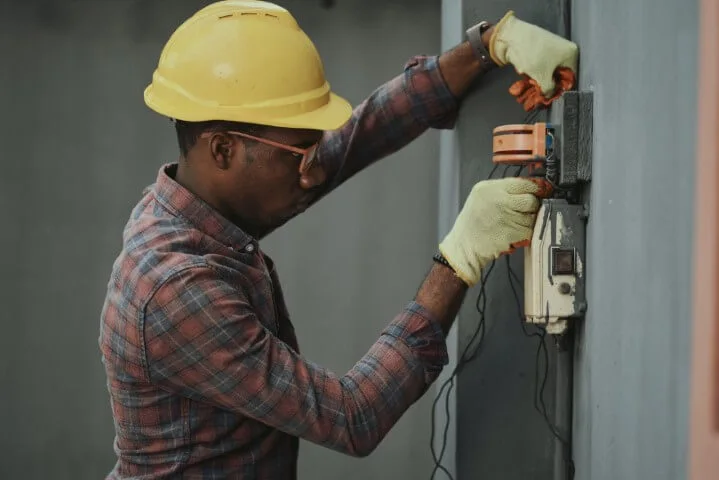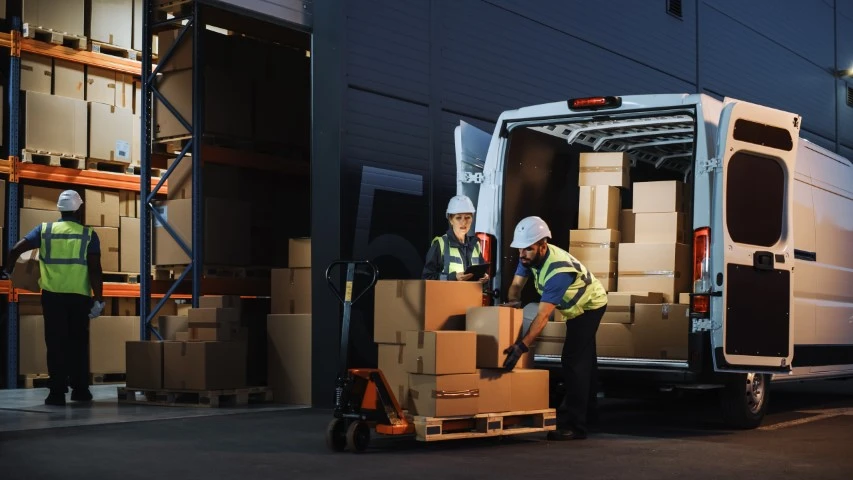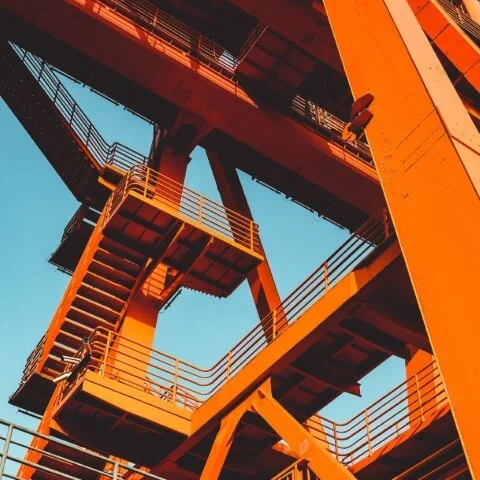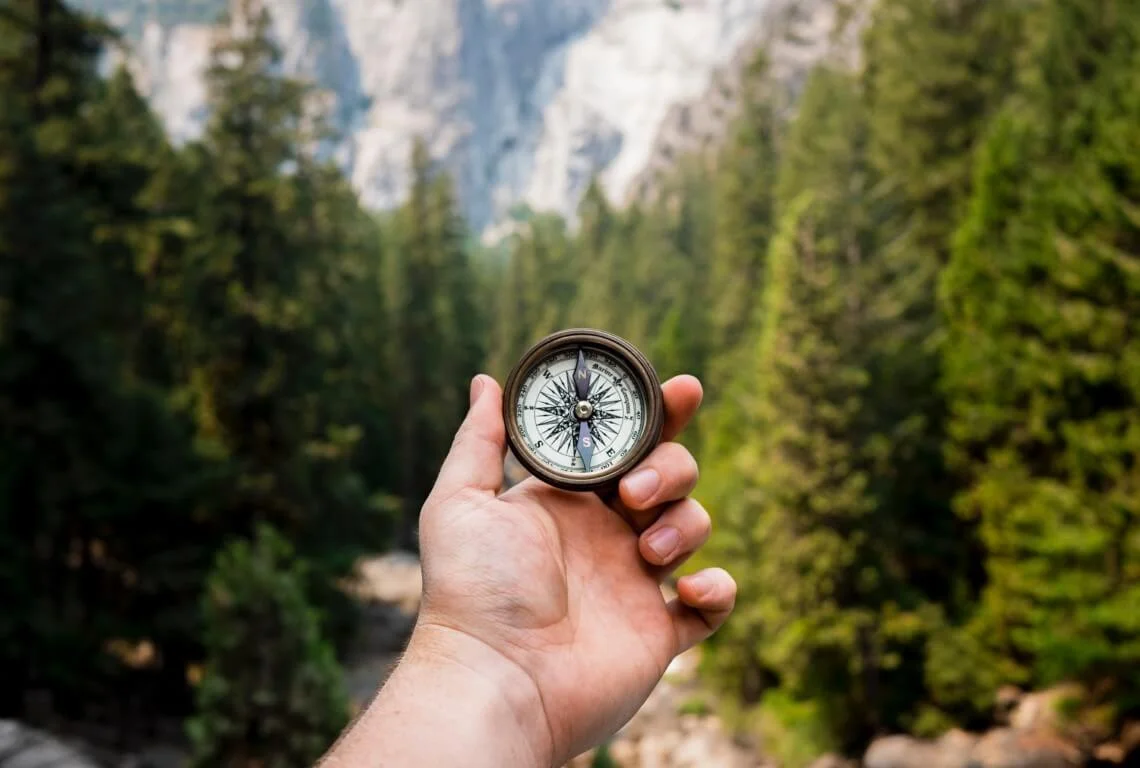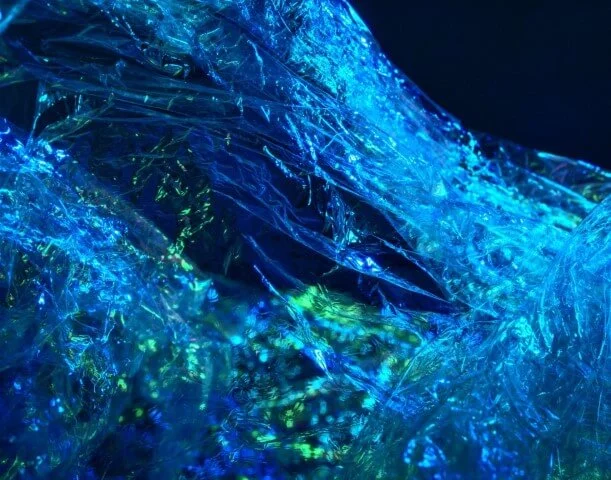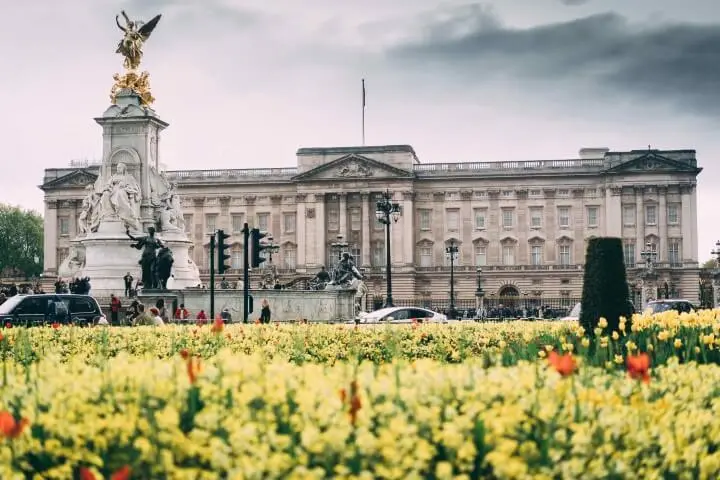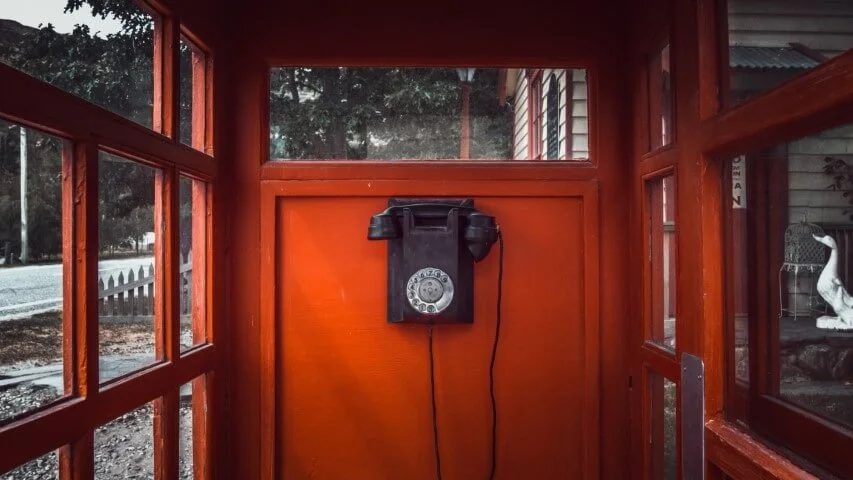Forget A Gold Rush – Trump’s Arctic Power Play Is An Energy ‘Cold Rush’
Forget A Gold Rush – Trump’s Arctic Power Play Is An Energy ‘Cold Rush’
The White House is looking north to the white ice- and snow-covered expanse of the Arctic. From comments about annexing Canada and turning it into the 51st US state, while referring to Prime Minister Justin Trudeau as a “governor”, to talk of buying the autonomous territory of Greenland from Denmark and renaming it “Red, White and Blueland”, the US President has been focusing on Arctic territories in his election campaign and the opening months of his second administration.
This increasing attention is inevitably entangled with concerns about the future of energy.
The Arctic region is incredibly resource-rich and is one of the last remaining frontiers that is yet to experience full-on exploitation of its resources by humans. However, it is also warming faster than any other part of the planet. As climate change continues to melt the polar sea ice – which had so far limited the possibility for resource extraction in the region – Arctic nations are beginning to enter a ‘scramble’ for the region’s natural resources.
Key amongst these is oil and gas, with the US Geological Survey estimating the region holds an estimated 13% (90 billion barrels) of the world’s undiscovered conventional oil resources and 30% of its undiscovered conventional natural gas resources. Considering one of Trump’s key election pledges was to reduce the cost of energy for the average American – committing to ‘Drill, baby, drill’ – it would make strategic sense for him to push for increased US access to Arctic fossil fuel reserves. Opening new drilling opportunities in the Arctic would align with his administration’s broader agenda of energy dominance and deregulation, reinforcing his promise to lower fuel costs while reducing reliance on foreign energy imports. However, Arctic drilling remains an incredibly expensive and technically challenging endeavour, meaning large-scale extraction could still be years away. Importantly, for the Trump administration the real game won’t just be about immediate production – it’s also about control, ensuring that if the US can’t fully exploit these resources yet, no one else can either.
But it isn’t just fossil fuels that will play a role here.
The Arctic is also home to multiple rare-earth minerals and already contains some of the largest mines in the world, such as the Red Dog zinc mine in Alaska. Many of these are transition minerals, which are essential for clean energy technologies, including lithium, nickel and cobalt – all key components in the battery industry. Both Greenland and Canada are rich in these resources, with Greenland especially being relatively unexploited, making the Arctic region a critical battleground for the energy transition. Trump’s administration may be waking up to the realization that the US is falling behind in the global mega-trend of electrification. In an effort to catch up, the US is trying to shore up its access to these minerals by pressuring Canada and Greenland – not just to strengthen its own supply chains, but also to counter China’s dominance in the sector and slow the global energy transition more broadly.
For more about the regional and industry differences within the energy transition, read Verdantix Strategic Focus: Leaders And Laggards Of The Energy Transition 2025-2045.
